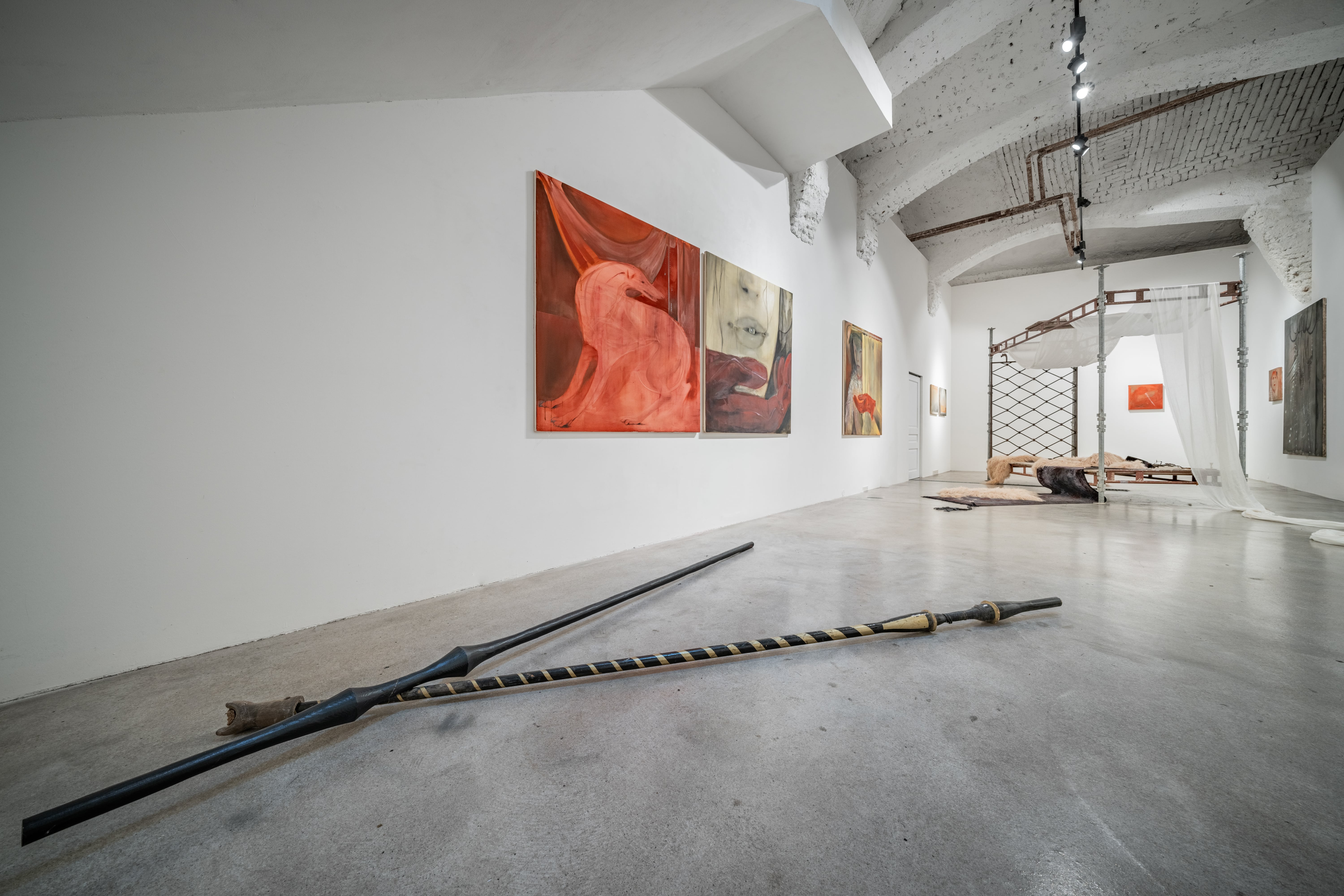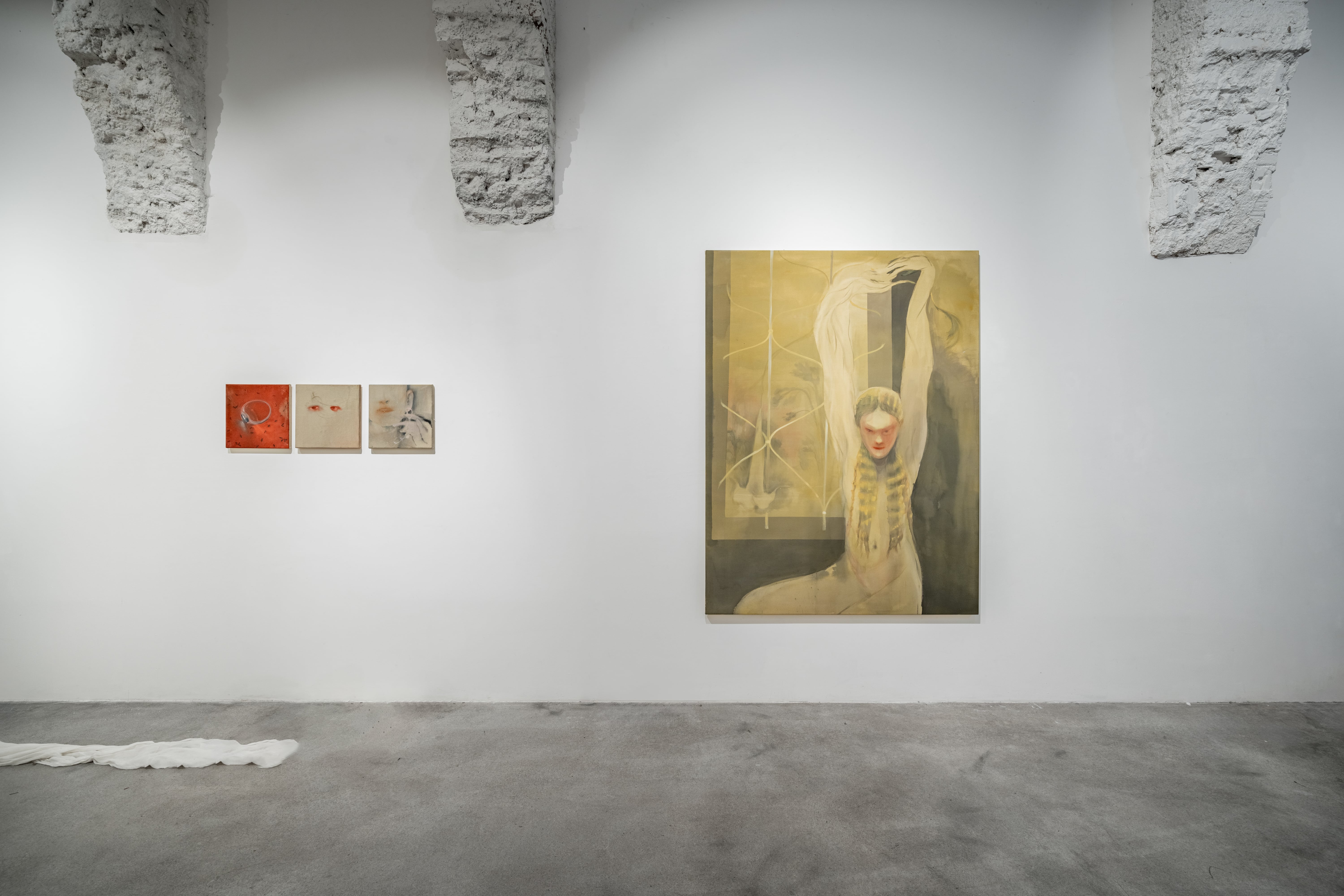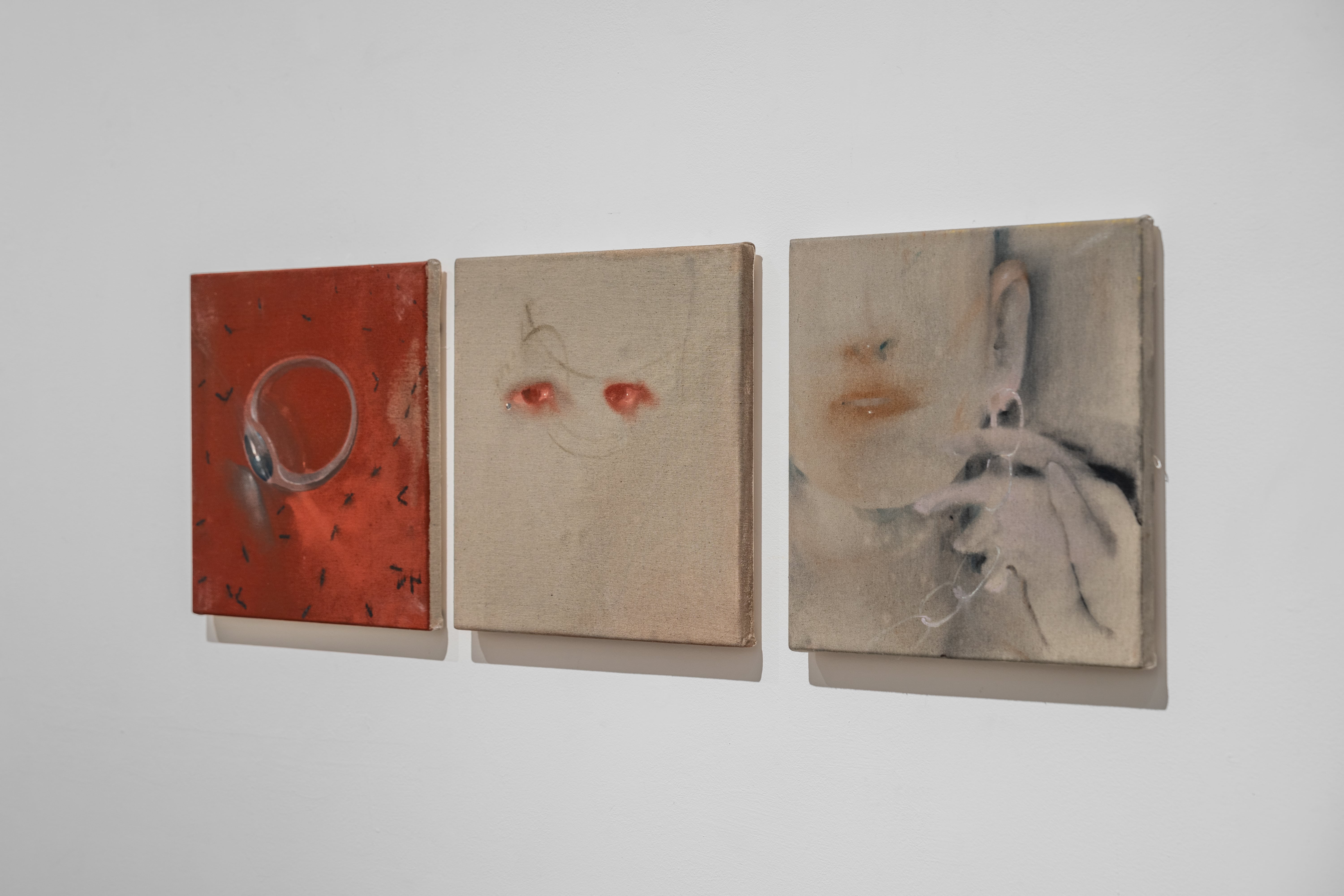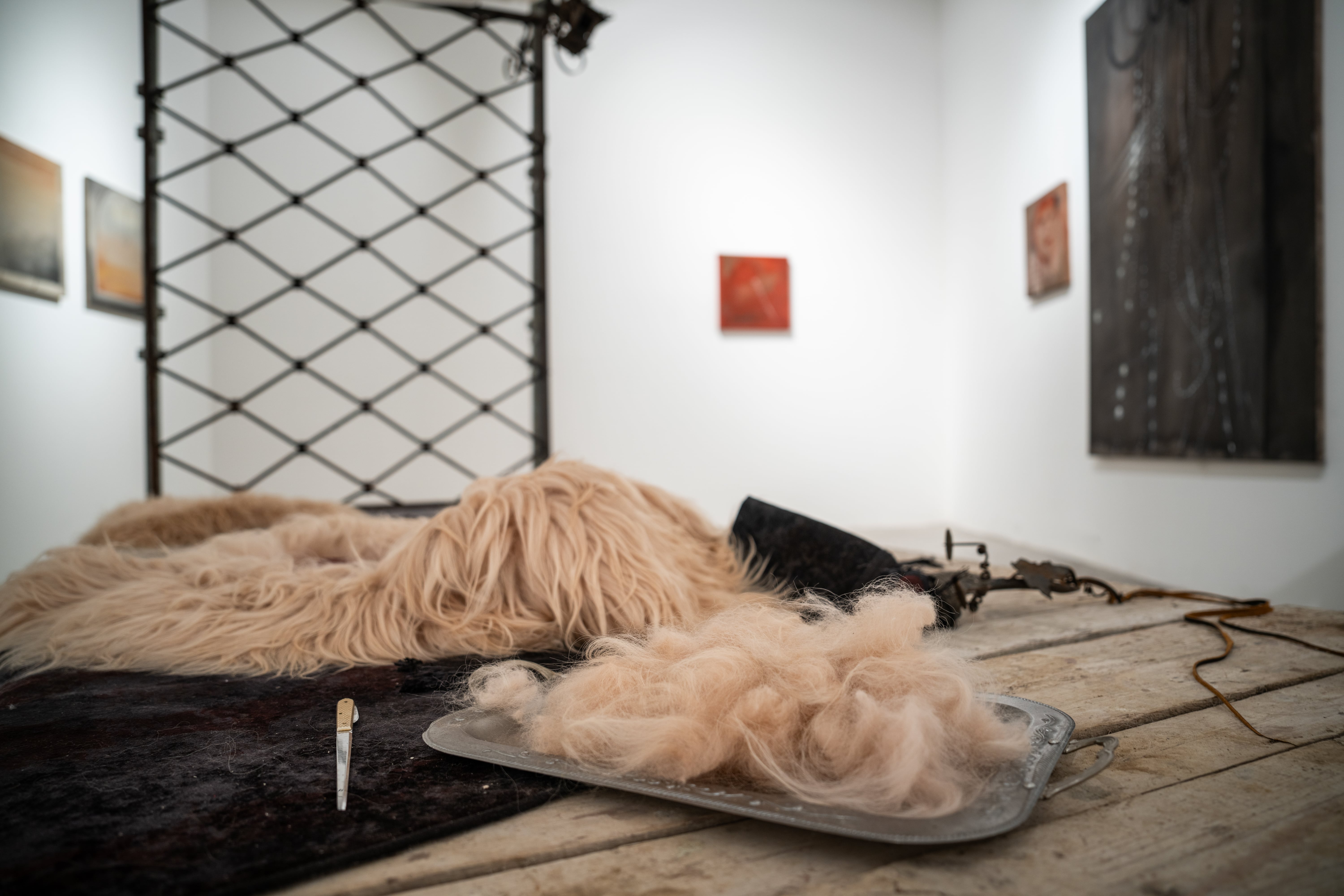Anna Ruth – Elegy of Myrrh
September 7, 2023 — October 15, 2023
Karpuchina Gallery, Prague, Czechia
– “exhibition of the week” in print magazine Respekt
– photo report on Kuba Paris
– photo report on O Fluxo
– review „Daggers, snakes and something in between“ on Artalk
– photo report on Artalk
– artist’s profile „Reflections in the Swamps“ in print magazine Flash Art
Anna Ruth's solo exhibition delves into the contemporary phenomenon of medievalism, where modern culture reinterprets and romanticizes the Middle Ages, carefully examining the balance between historical accuracy and imaginative interpretation. Through the installation of an abandoned jousting arena, Ruth invites the audience into a temporally hybrid space where past and present coexist – the centrality of the scene is taken over by the tournament lodge and the wooden lances lying on the floor. The paintings serve here as quiet observes of the events implied; as windows into landscapes and chambers, offering parallel narratives. The reddish-brown monochrome is eventually dissolved to the accompaniment of an ambient soundtrack and the aroma of burnt myrrh tears.
To listen to the accompanying soundpiece by Anna click below.
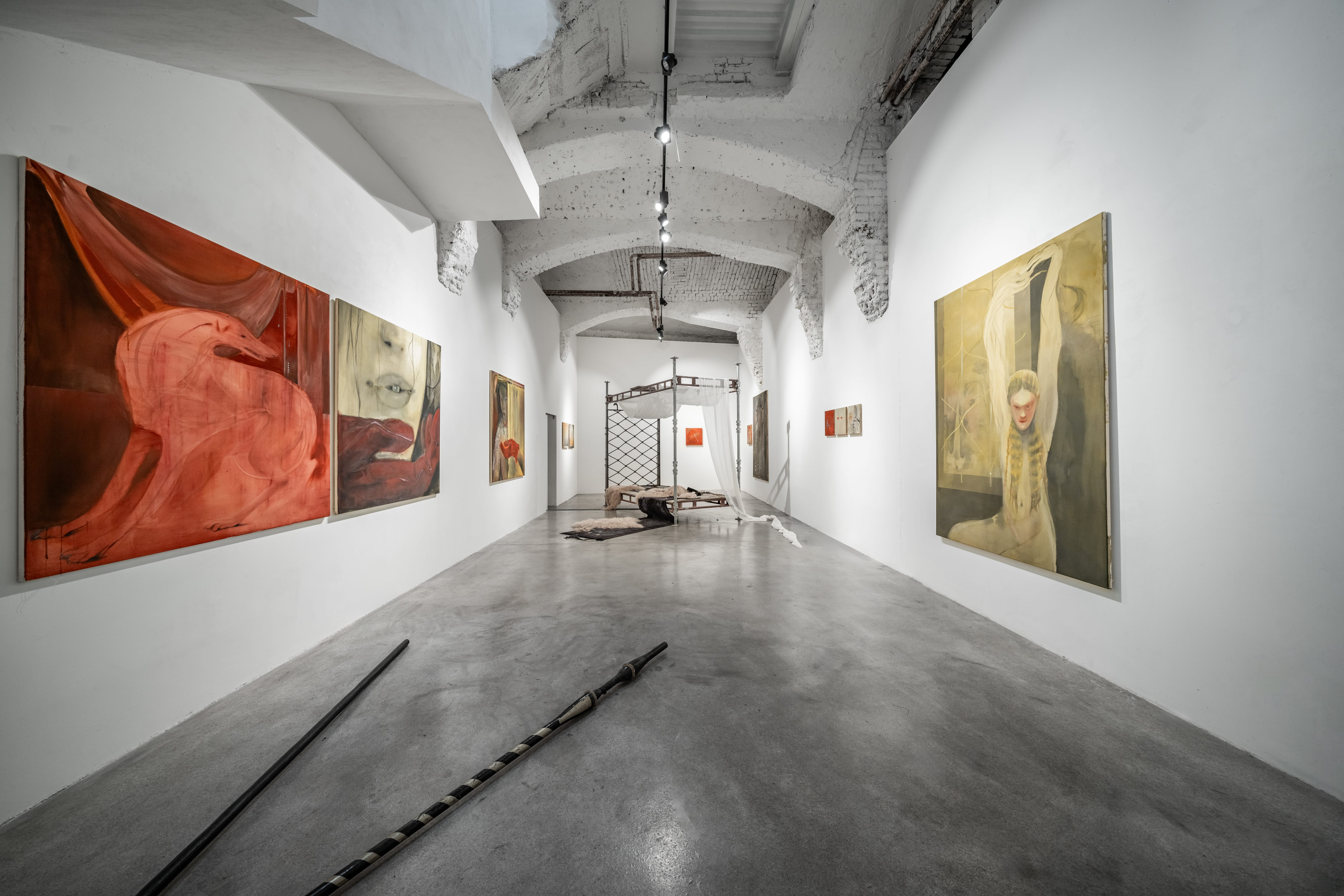
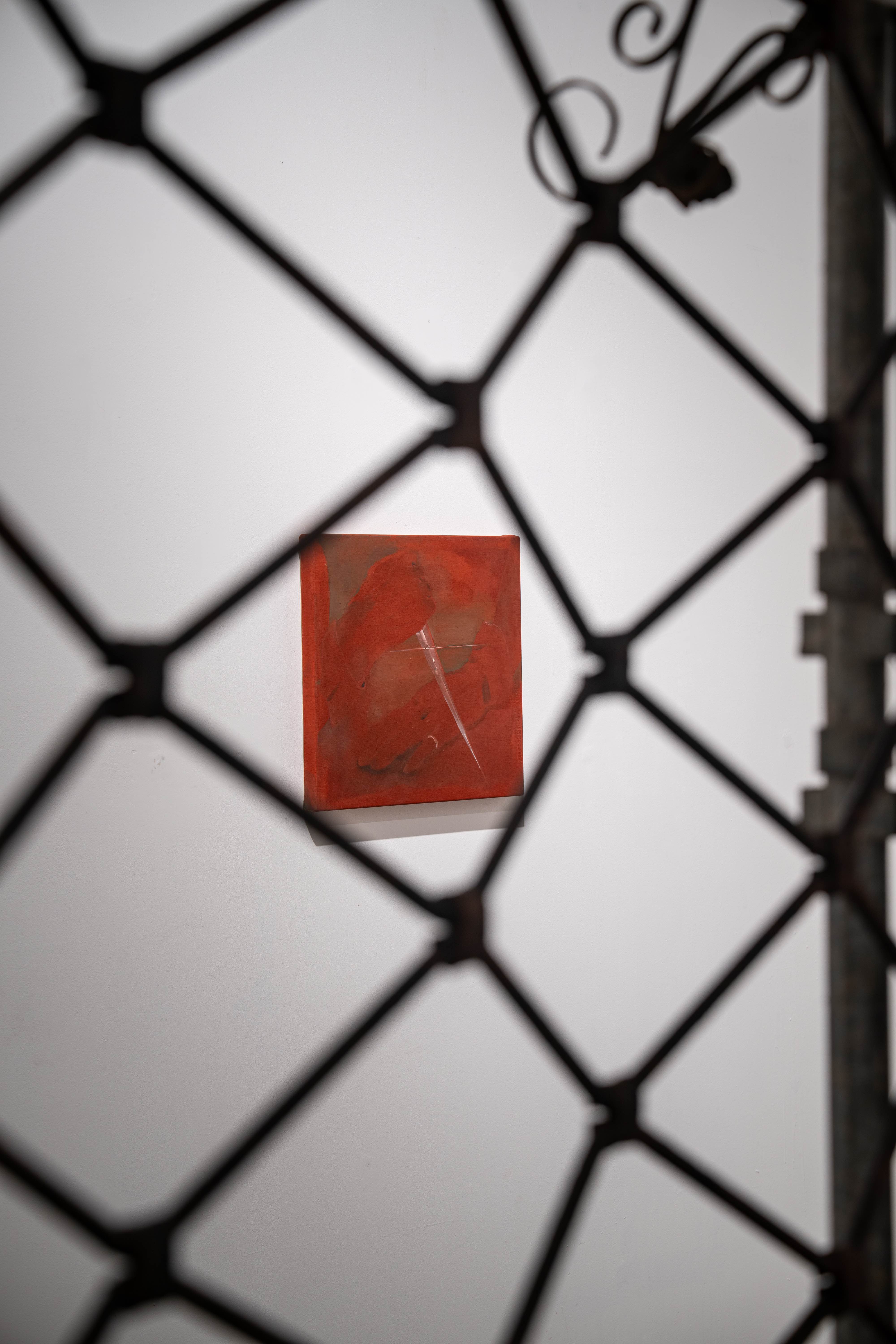
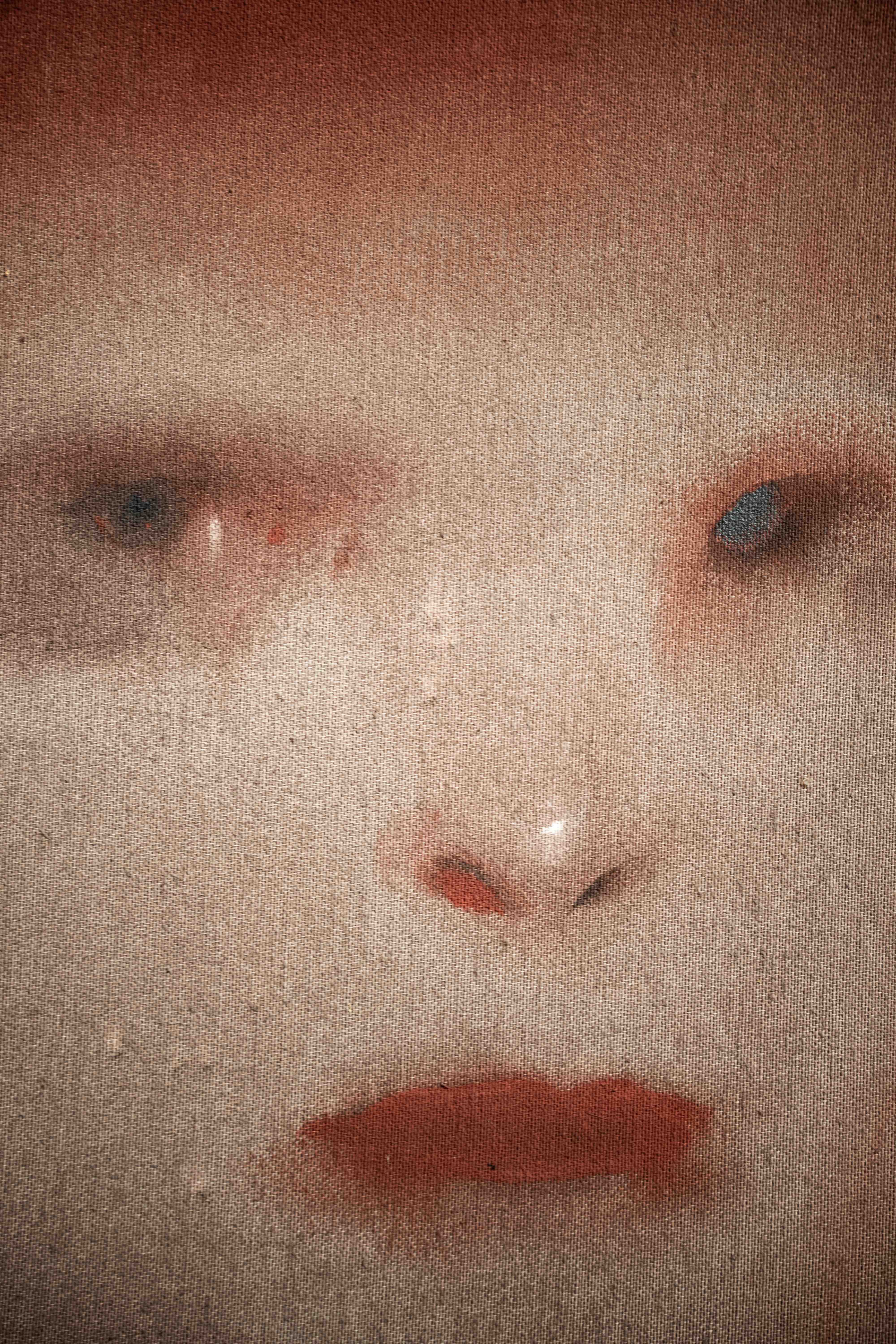
“In the current cultural milieu, one cannot help but notice the medieval fascination, which is often described by the rather broad term medievalism. It is a phenomenon through which medieval elements are reinterpreted, romanticized and then incorporated into the cultural manifestations of modern society. This fascination can be understood as an attempt to escape the complexities of modern life by romanticizing a simpler, more mystical past. It is important to note, however, that expressions of medievalism are often a mixture of historical accuracy and imaginative interpretation. While the works in question may draw on actual aspects of the Middle Ages, they are often filtered through contemporary perspective, adapting the past to the tastes and desires of a given era. The influence of the Middle Ages was most strongly manifested in the period from the second half of the 18th century to the first half of the 19th century, when it was used as a source of inspiration for creative activity by a number of movements and groups which, with hindsight, can be accommodated within the broad category of Romanticism.
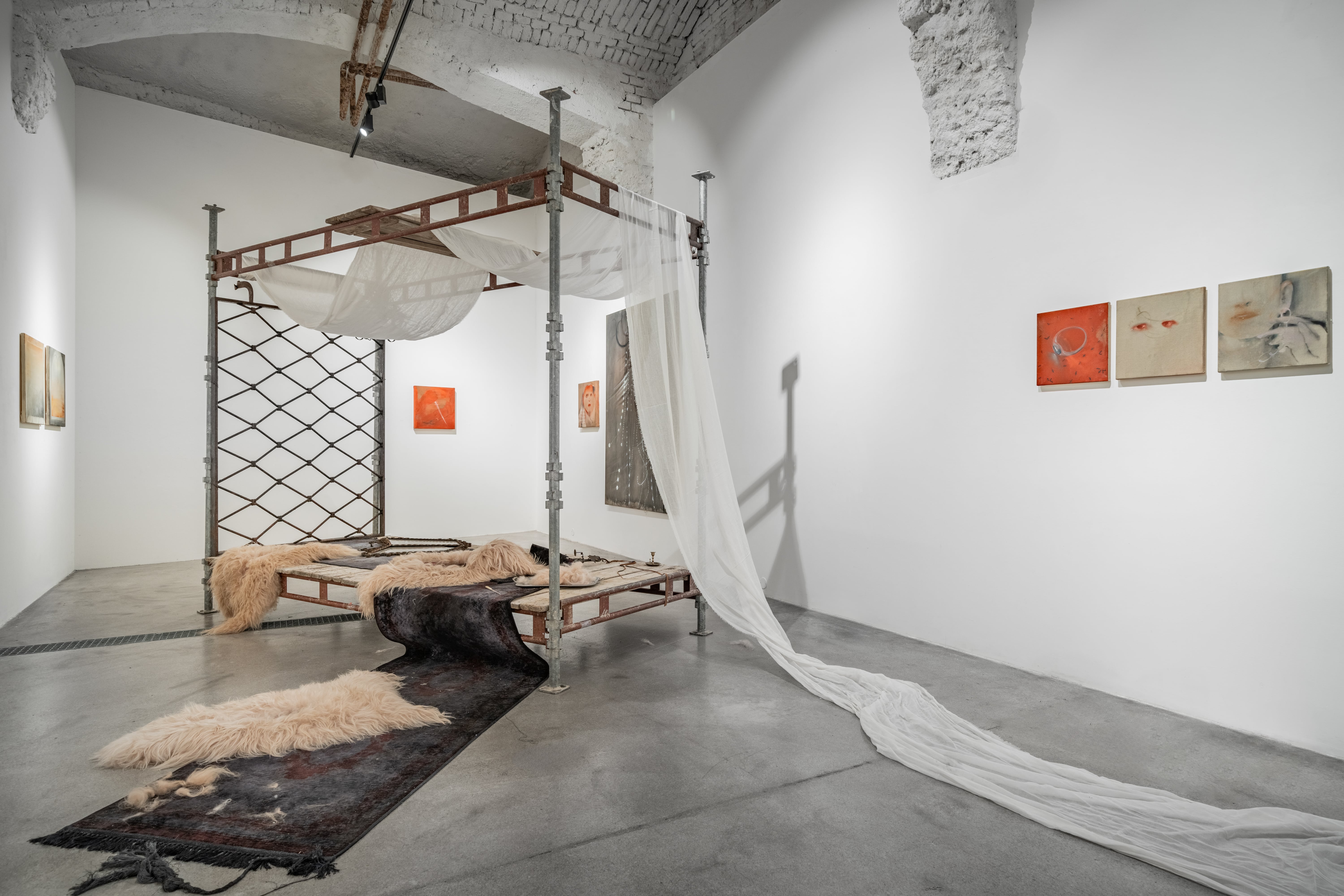
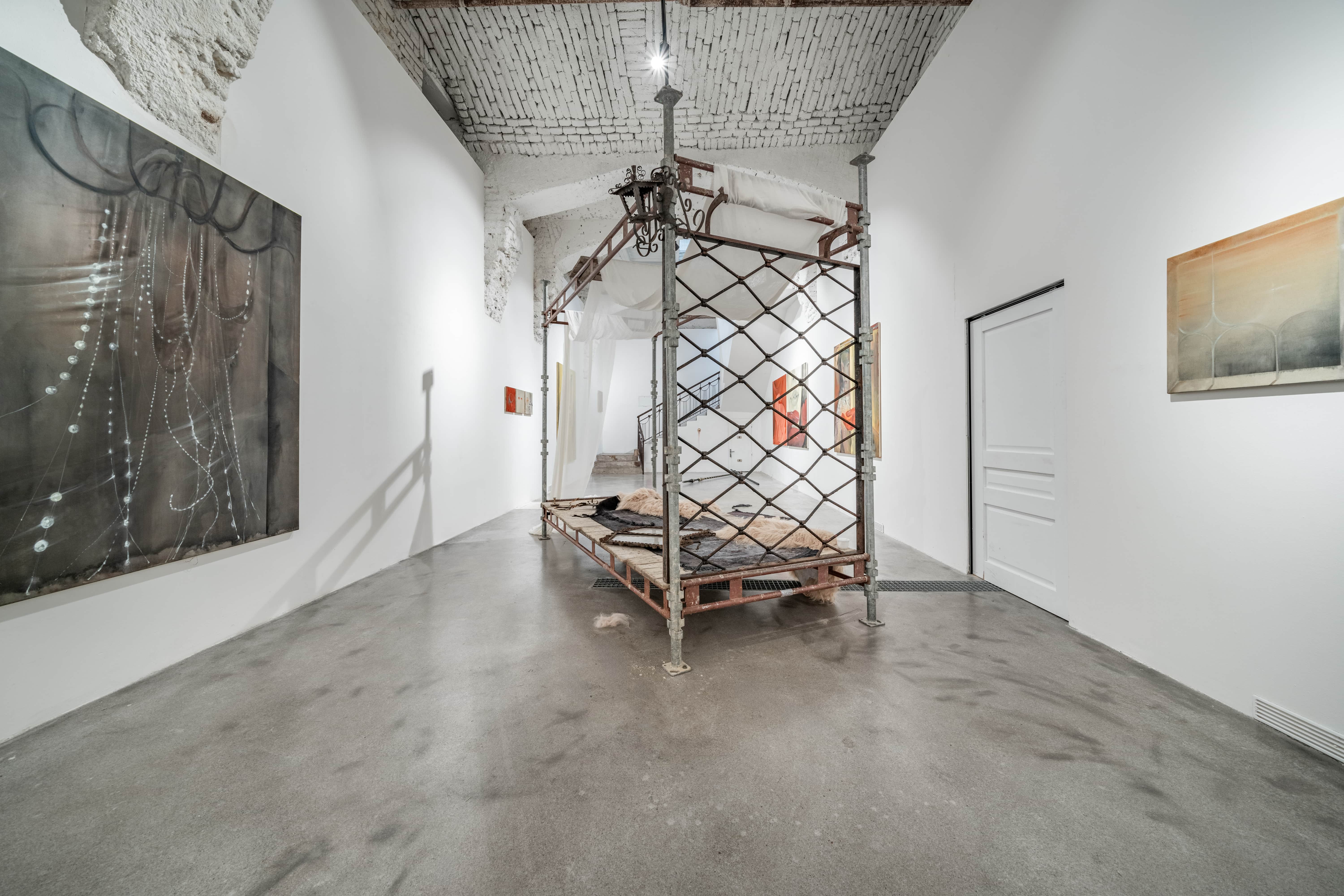
Pierre Révoil's painting ‘The Tournament’ (1812) also dates from this period. The painting, which is now classified under the ‘troubadour’ style, depicts a detailed reconstruction of a medieval joust that was famous for the victory of an unknown knight over all his opponents, the last of whom, at the last moment of his fall, managed to lift the visor of his conqueror's helmet and thus reveal his identity. In this painting, Révoil sought to reconcile the lofty themes of history painting (the ‘grand genre’) with scenes from everyday life (the ‘genre’ paintings) – and for this he chose the legend of the seventeen-year-old commoner knight. Fictional, historical, or both at the same time, the Middle Ages often made no distinction between the two. If the herald in the foreground of a boisterous historical scene trumpets the outcome of a tournament and the referee brandishes a trophy in the form of a silver swan, the scene constructed by Anne Ruth could not be more opposite.
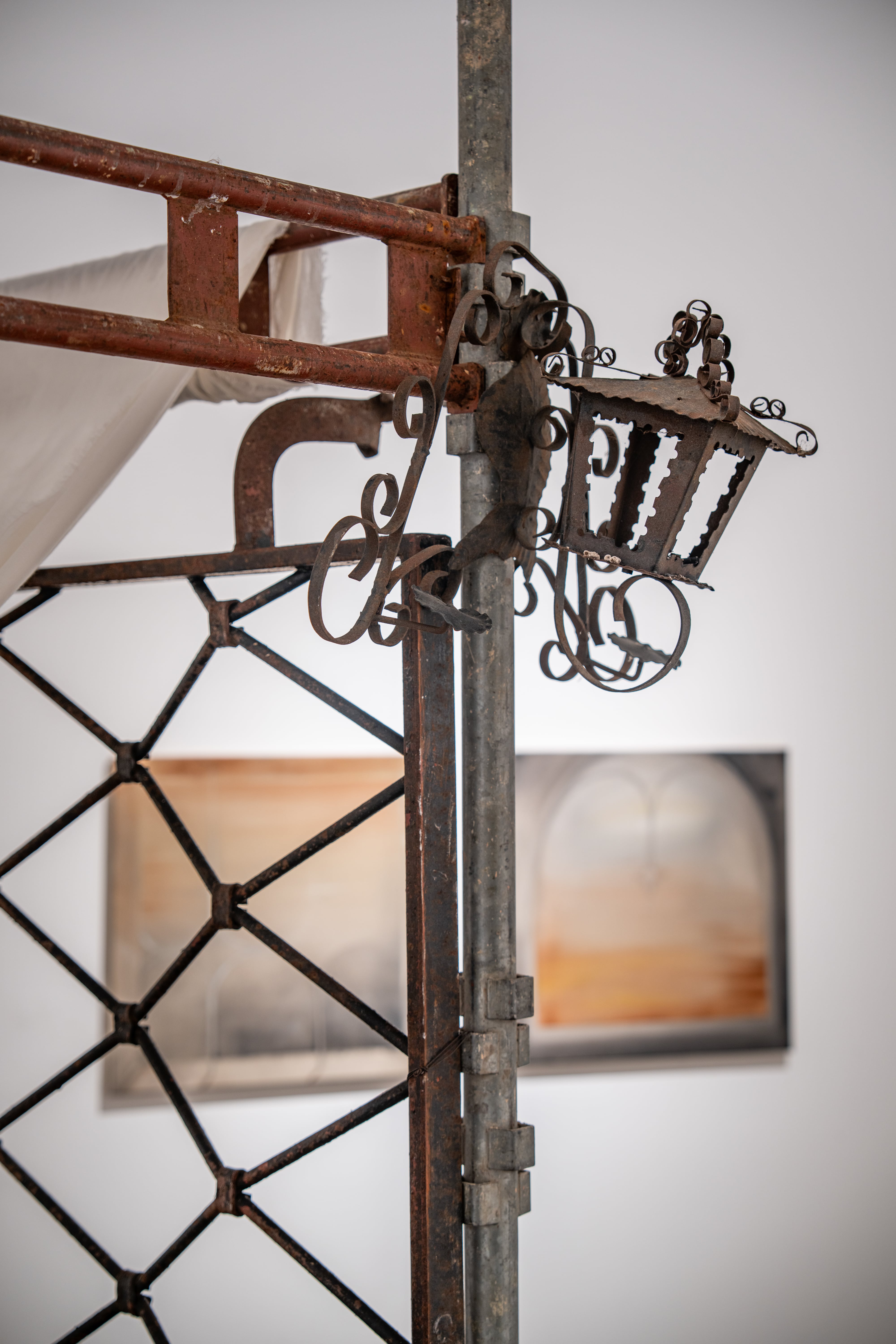
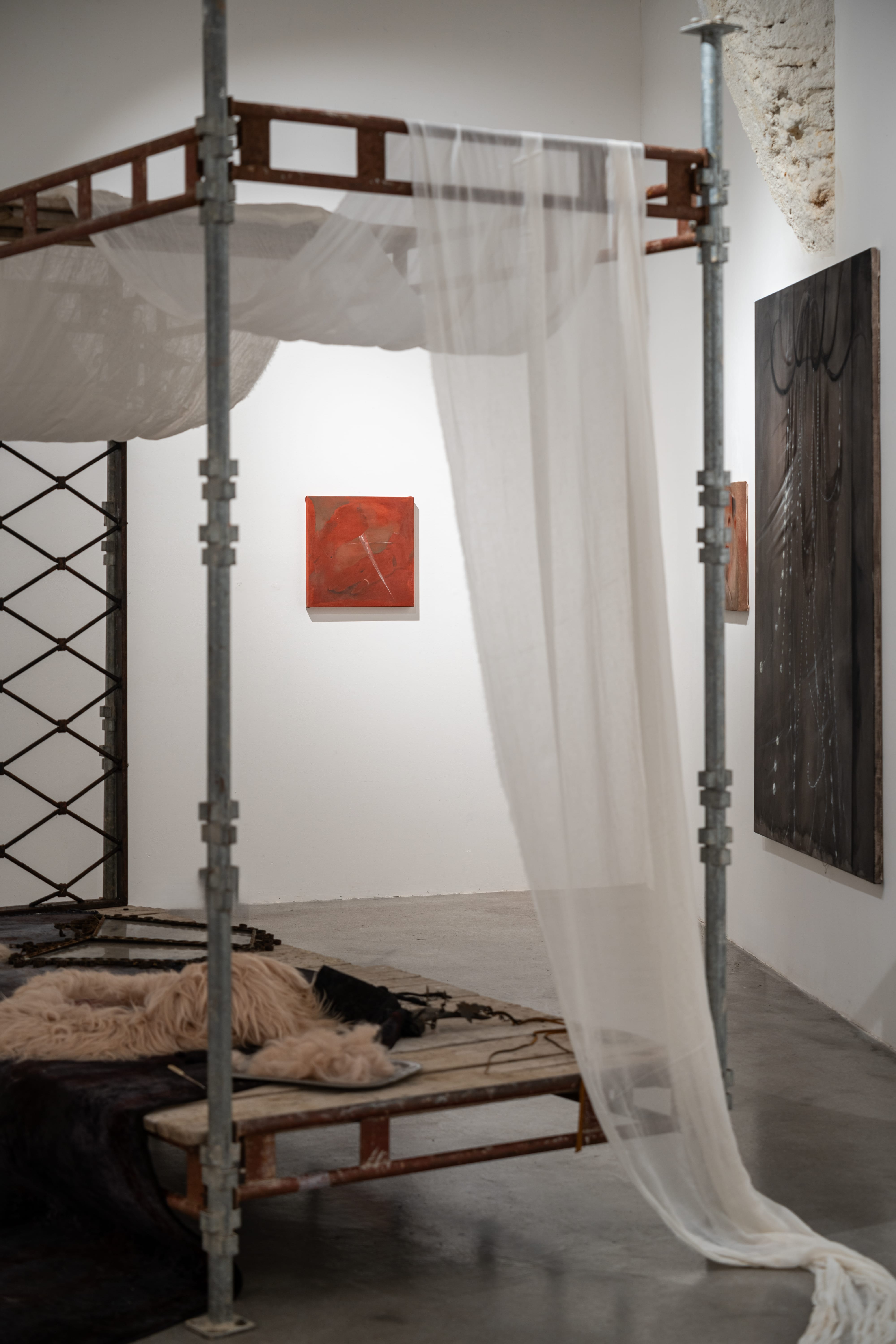
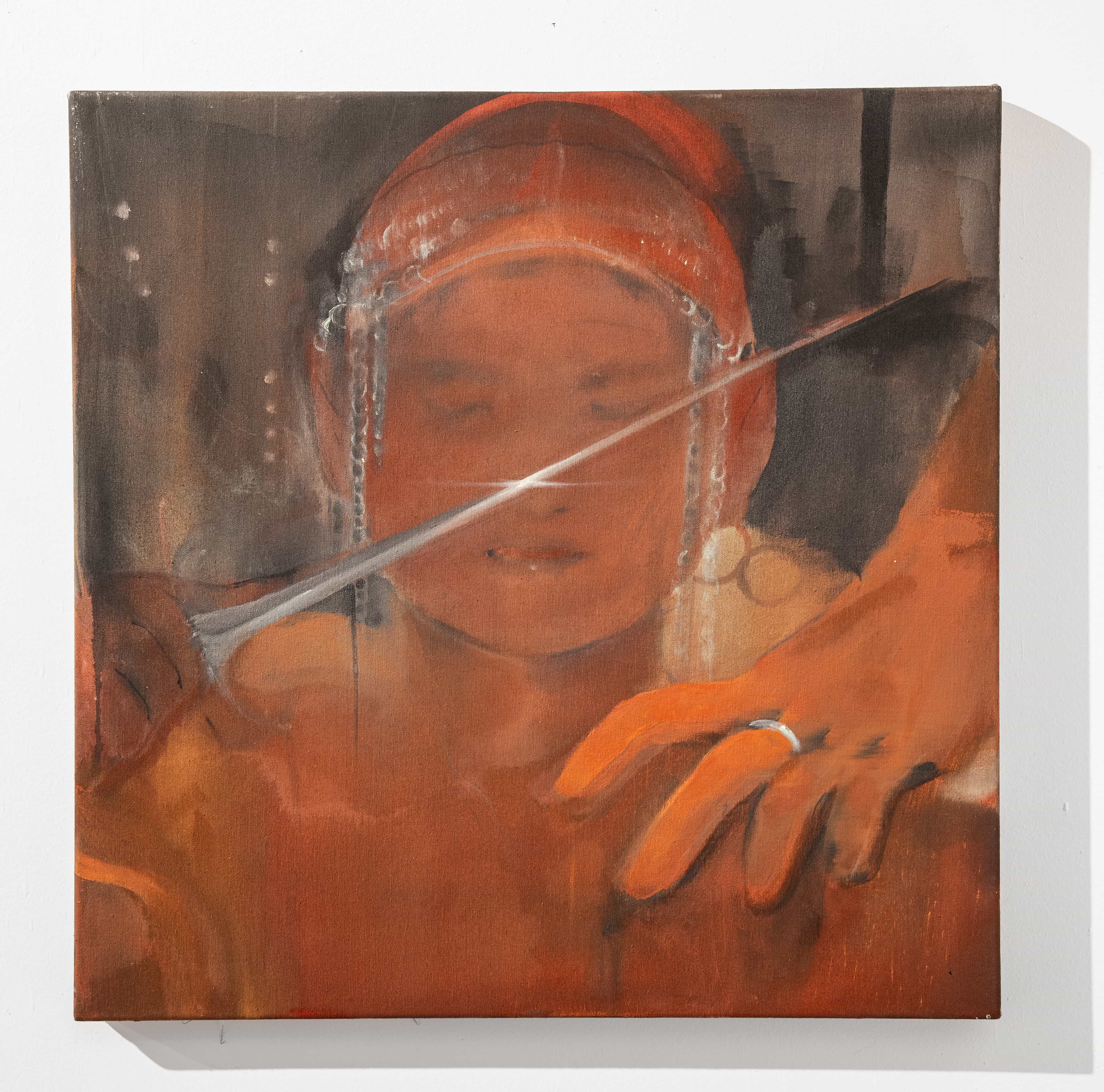
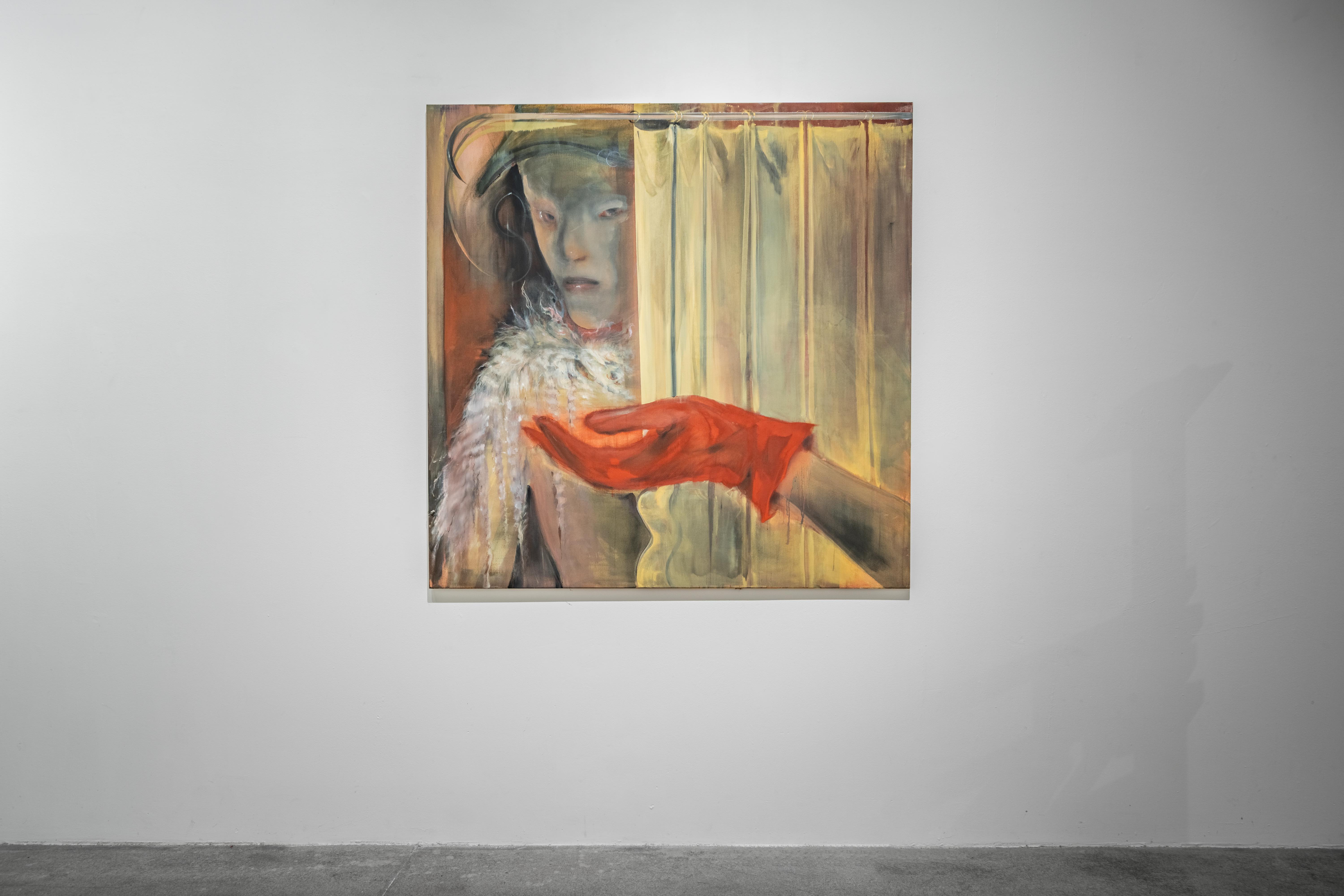
In Anna Ruth's work we repeatedly encounter timeless symbolism arising from her own interpretations of mythology and spiritualism, often in close connection with nature and its cycles. The association of family banners is thematically extended by majestic borzoi, a Venetian misericorde, burgundy gloves or a pearl chandelier. It is no coincidence that the monochromatic reddish-brown tone of the canvases painted with a light iron oxide lazure adopts the form of corrosion as it also occurs on the supports of the lodge, where the rust gradually falls off and reveals the living marrow in the unceasing process of (self)transformation – the future contained in the past, the past as a necessity on the way to the future. The ring with the blue jewel in the lady's lips is eventually found on the helmet of Révoil's knight. The scent of burnt resin tears lingers in the air amidst the sound of a drawn-out song: ‘Otep myrry mněť mój milý.’* The grid in front of the canvas is cracking. We'll meet you at the banner."
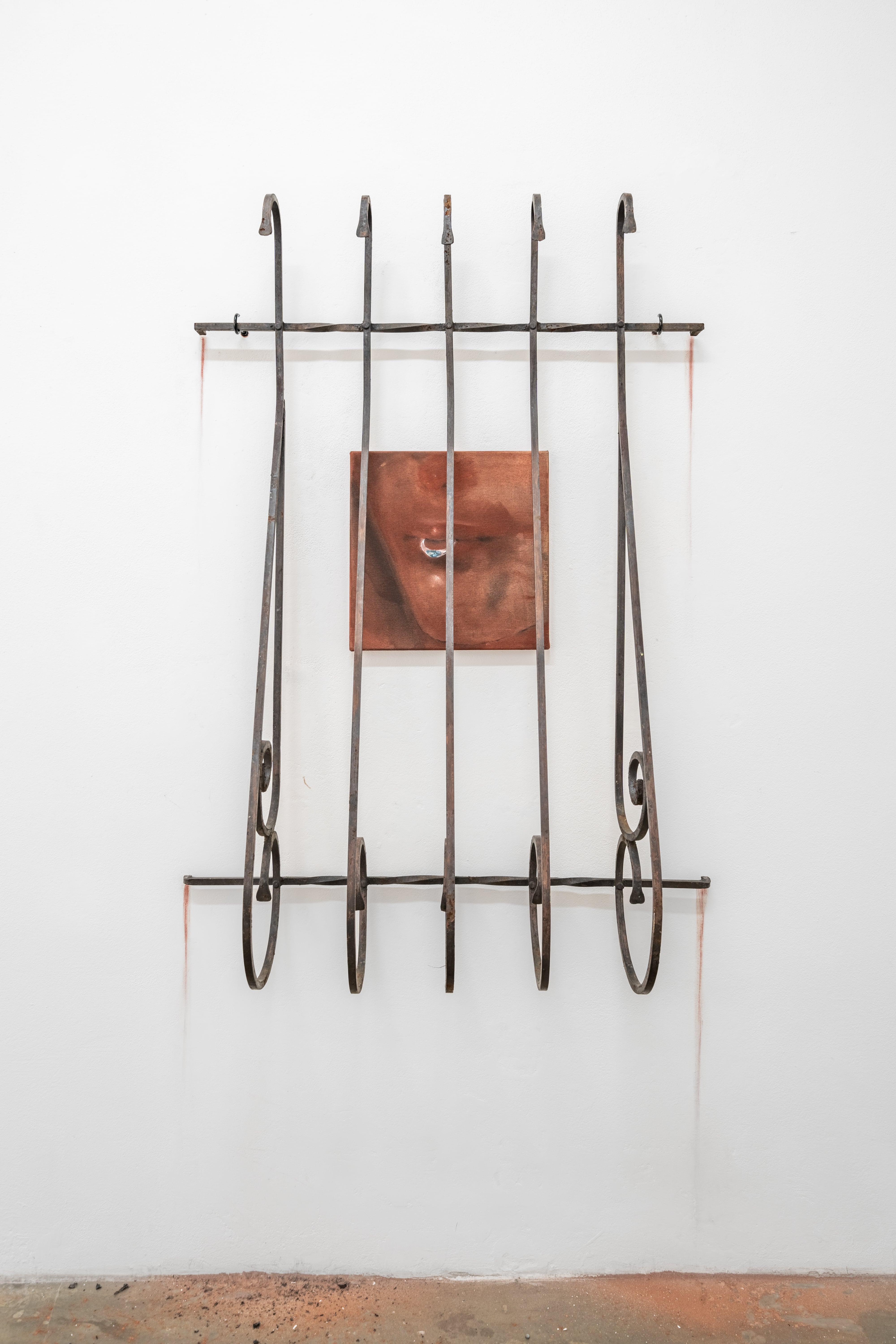

Anna Ruth (*1994) graduated from the Prague Academy of Fine Arts in the Drawing Studio under Jiří Petrbok and Martin Gerboc and during her studies she completed internships in Poland and Indonesia. She sets her (often large-format) paintings in installations, creating complex environments that extend beyond the limited pictorial surface. This is further echoed in ambient exhibition soundtracks, music performances and solo concerts under the pseudonym Koruth. With her multidisciplinary expression, she is a young but distinctive talent on the contemporary art scene. Her recent solo projects have been presented at Pragovka or at the Brno-based artist-run space Zaazrak Dornych. This year she is also taking part in the SWAB fair in Barcelona and the Turkish Contemporary Istanbul.
*“Otep myrry” is considered by many to be one of the most beautiful expressions of Czech medieval lyric (some historians believe that it is a courtois lyric, others lean more towards the spiritual meaning of the song). It was first published in 1882 by Josef Truhlář from the Vyšebrod manuscript, which was written around the middle of the 15th century.

